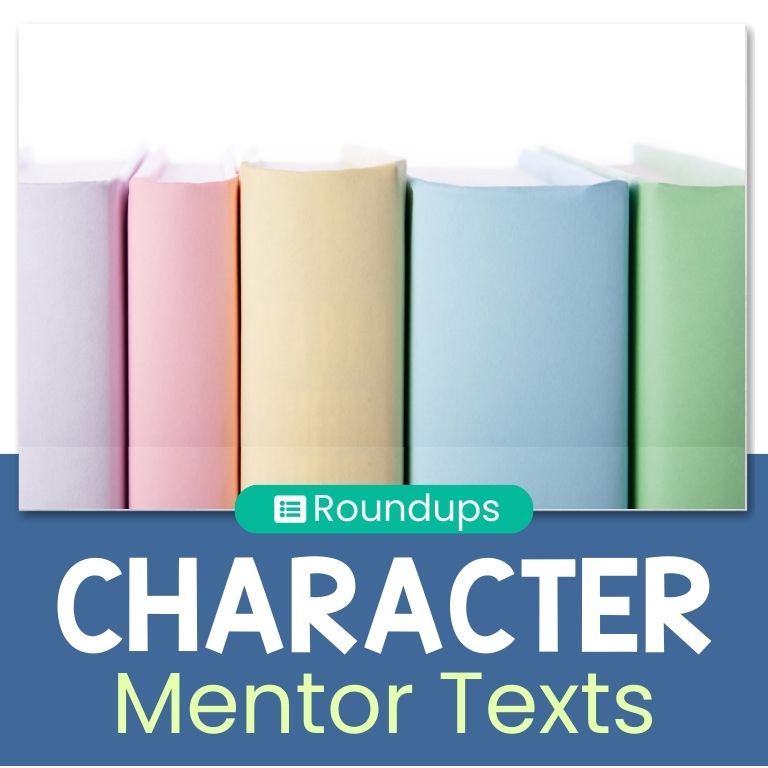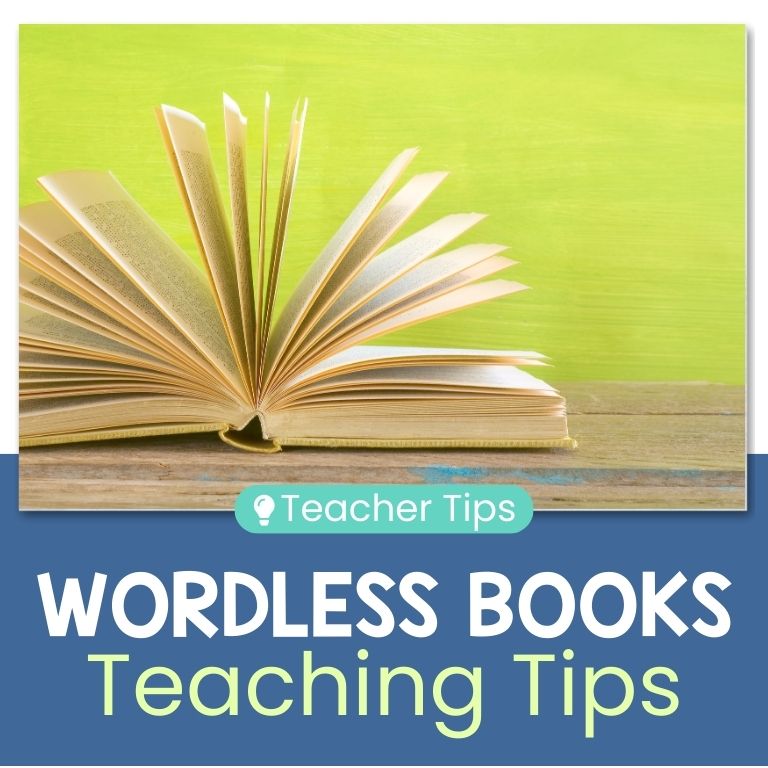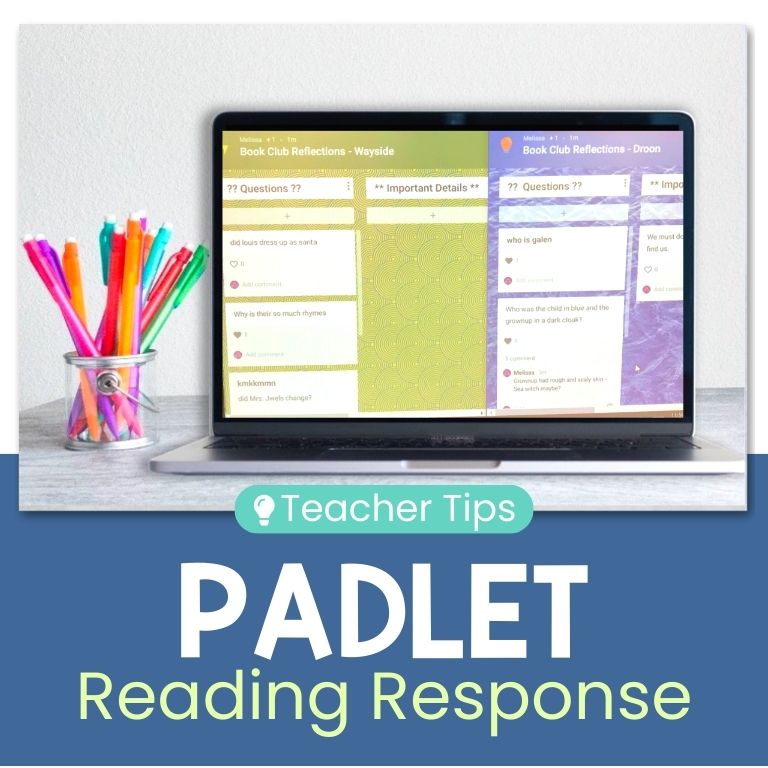
As teachers, we realize it is important for our students to be able to express their feelings using their emotional vocabulary. But what exactly is emotional vocabulary and how can we improve it for our students? Let’s further explore this concept along with some practical activities you can easily implement with your students!
What is Emotional Vocabulary?
Our emotional vocabulary is our ability to express how we are feeling. It allows us to use words to convey how we are feeling to one another. Students may not always have the words to express their feelings, which is why it is crucial for us to build their emotional vocabulary.
6 Ways to Improve Students’ Emotional Vocabulary
While you may already know what emotional vocabulary is, the question then becomes “how do I work on this with students?” These 6 simple activities will help you improve students’ emotional vocabulary – which will also impact their social-emotional and academic learning!
1. Teacher Modeling
The most direct and effective way to improve students’ emotional vocabulary is through teacher modeling. Students need to hear adults using the words to express their own feelings. This introduces students to the meaning of the words and the appropriate context for use. It also allows us to introduce more complex synonyms of common emotion words in an authentic manner.
Additional methods for modeling emotional vocabulary to students are through read alouds and sentence starters. By choosing picture books where the character expresses their feelings, students are naturally exposed to new words. Sentence stems are an ideal way to model an appropriate way to express our own feelings. Some possible sentence stems to use:
- I feel [emotion] when you…
- I am feeling [emotion] because…
2. Synonyms Chart
An emotions synonym chart builds students’ emotional vocabulary by introducing them to more complex words for common emotions words. This chart can be used as a reference tool for social-emotional activities, inferring characters’ feelings, or adding details in writing.

3. Shades of Emotions
You can also use paint samples to identify synonyms for each emotion. You’ll need free paint samples from any home improvement store for this activity. (Make sure you pick the samples that have a gradient of colors). Write the common emotion word on the top line with the lightest color. Add synonyms on the other colors with the words getting more complex as the color darkens. For example: Happy – Excited – Overjoyed – Esctatic.
4. Reading Notebook Searches
Students can search for synonyms of emotion words during independent reading. They can record the words they find in their reading notebooks to use as a reference for character analysis activities or when describing a character in their writing.

Differentiation Tip – You can have students search for different levels of words based on their reading ability and current emotional vocabulary. Some students could begin with lower-level words such as happy, sad, and mad while higher-level students could begin with more complex words such as ecstatic, devastated, and furious.
5. Draw Your Feelings
Another option for students who struggle to express their emotions in words is to allow them to draw how they’re feeling. This could be drawing a face or a metaphor to represent how they feel. A student who is sad may draw a storm cloud to indicate their feelings, while a happy student may draw a sunny day. The teacher can then talk with the student about their picture and supply them with the words to describe their feelings.
6. Teaching Feelings Game
This feelings charades game is guaranteed to be one your students will love to play! It’s the most engaging way to build their emotional vocabulary!

How to Play the Game
- Students will take turns randomly picking an emotions card. (You may have them act it out individually, with a partner, or as a group).
- Students must act out the emotion word. They should use their body, face, and voice to show the audience how they’re feeling.
- While students act out the emotion words, the other students will try to guess how they’re feeling.
Another option is to have students in the audience record their observations while the actors perform. Students can record specific details about the actors that help convey their feelings. (For example, an angry student might yell, stomp her feet, cross her arms, lower eyebrows, and narrow her eyes). The details they record can later be used during writing workshop when describing how a character is feeling using the Show Don’t Tell Writing strategy.
Incorporating Emotional Vocabulary All Year Long
These Emotions Activities can be incorporated throughout the year to gradually and naturally improve students’ emotional vocabulary. What other activities have you done with your students? Be sure to share your ideas in the comments!


Want to Pin this for later?













